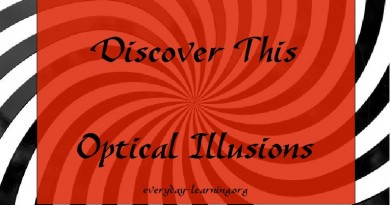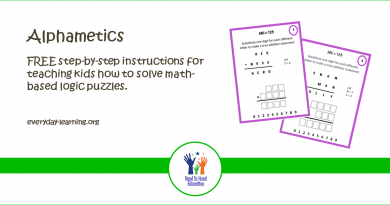2nd Look Sentences For Thanksgiving
Ever find yourself reading something and you skip over a word – or even switch up the order you read words within a sentence? As an experienced reader, you probably stopped yourself and thought, “Hmmm, that’s not right”. After re-reading the sentence to yourself, you catch your mistake and then keep on reading.
Missing an article like “a” or “the” won’t necessarily make too much of a difference, but changing up the order you read other words can drastically change the meaning of a sentence. Take the word “only”, as an example.

Only can act like an adjective (describing nouns) or an adverb (describing adjectives or verbs). Where the word only appears in a sentence determines which grammar role only takes on.
Take a look at the sentences above. You have 3 sentences all containing the same exact words – in the same exact order – except that only moves its position ever so slightly in each sentence. When only changes its position, it winds up modifying a different word in each sentence. As a result, each sentence, as it stands by itself, holds a different meaning – especially for the kind of information you can infer from the sentence.
- Sentence A: only modifies 3 slices
Inferred Meaning: Mike ate 3 slices of pie, even though he could have eaten more. - Sentence B: only modifies ate
Inferred Meaning: Mike ate 3 slices of pie and nothing else. - Sentence C: Only modifies Mike
Inferred Meaning: Mike, and no other person, ate 3 slices of pie.
A Note About Context: Reading comprehension involves understanding the meaning of individual words, as well as how words interact to form complete sentences. Additional sentences that appear in a paragraph can also change the meaning of a single sentence – especially the meaning we can infer.
Since 2nd Look Sentences do not provide students with additional context for deriving meaning from the text, you may find yourself challenged by some students who discover a logic loophole in a comprehension question you pose. This provides a great opportunity to extend the lesson by having students brainstorm additional sentences that support different inferred meaning. Alternatively, you can also model a self-reflection process where students think of a clarifying question that could help them look for supporting facts, if there were more sentences to read.
Making Grammar Matter:
- Understanding Reading Miscues
A handy chart that explains what certain types of reading mistakes may (or may not) mean for your child. - More 2nd Look Sentences
Practice close reading skills with syntactically similar sentences, available through my TpT store.




